Difference Between eCommerce and eBusiness
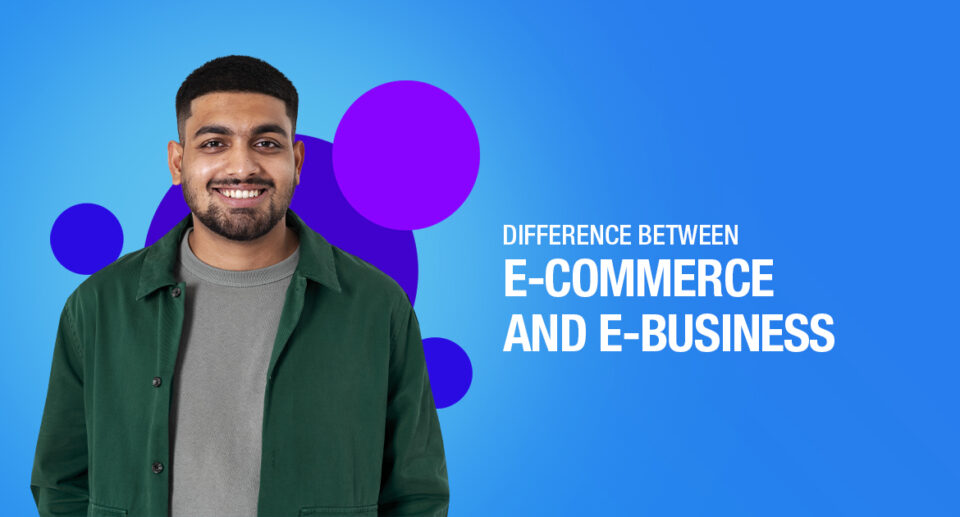
Here’s a million-dollar question – ‘what really is the difference between eCommerce and eBusiness? They may look the same thing to the layman. But they are not. There is a world of differences between the two.
This post will look into the two concepts in detail first and then go on to explain how they differ from each other.
What is eCommerce?
We all know what eCommerce is. After all, most of us buy something online at least once a month. The term refers to the business model that allows companies and individuals to sell goods and services over the internet.
Ecommerce is quite diverse and it lets products be purchased over any smart device like a smartphone, tablet, or computer. The truth is almost every product and service is now available through eCommerce.
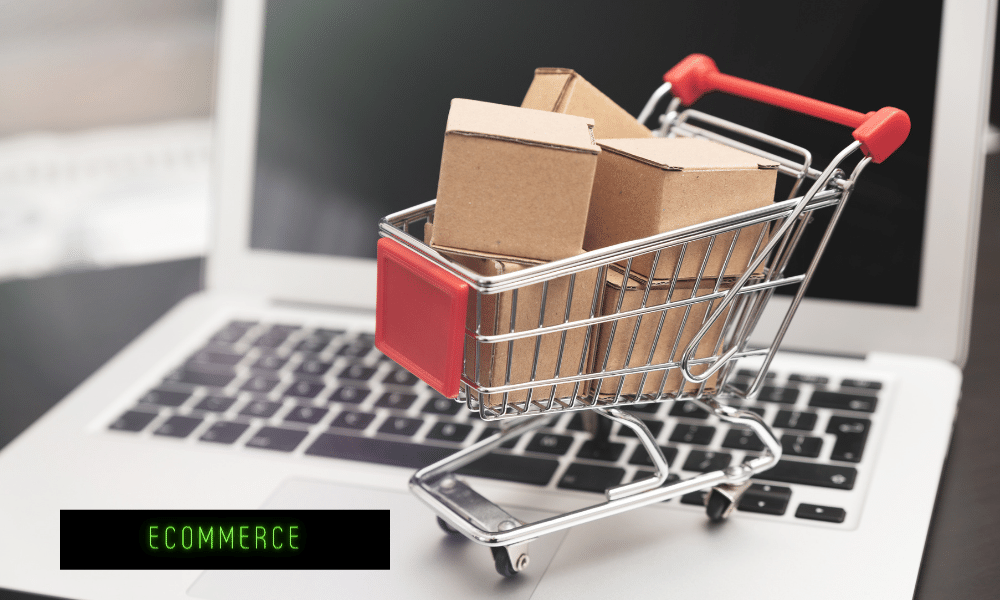
The different eCommerce models
There are four main eCommerce models, and they are discussed below:
Consumer to Consumer (C2C)
This is an eCommerce model where consumers sell products and services to other consumers using online marketplaces.
The main job of the marketplace is to provide a catalog that matches a search engine’s criteria, pricing, and other conditions so that products can easily be discovered and bought.
Business to Business (B2B)
This type of eCommerce involves all electronic transactions of goods and services between two businesses.
This model is most very often used to describe the relationship between a producer and a retail business. The end consumer buys the products and services from the retailer.
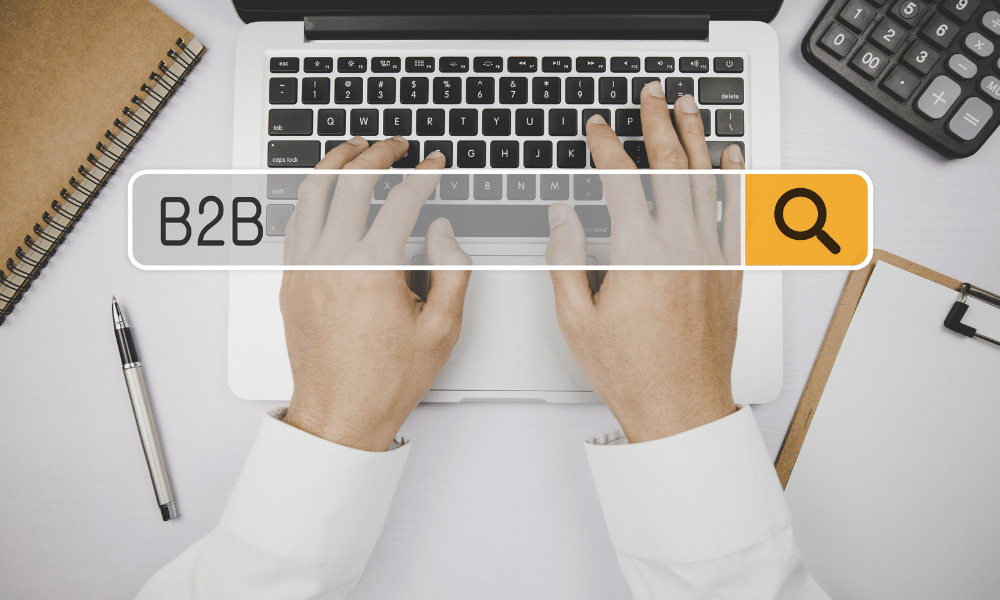
Consumer to Business (C2B)
This is a model that facilitates a transaction between a consumer and a business (in that order). The objective of this model is to help people sell a product or service to businesses and thus create a mutually beneficial situation for both parties.
In this model, enterprises get favorable prices, and consumers get access to the market’s transactional flexibility.
Business to consumer (B2C)
This model is probably the earliest and the most common form of eCommerce. Goods and services are sold directly to the consumer. B2C businesses sell a variety of physical and electronic goods, from apparel to e-books.
Consumers can experience the buying process without wasting time. According to Grand View Research, this model makes up the largest share of the eCommerce industry and is expected to be worth $6.2 Trillion by the year 2027.
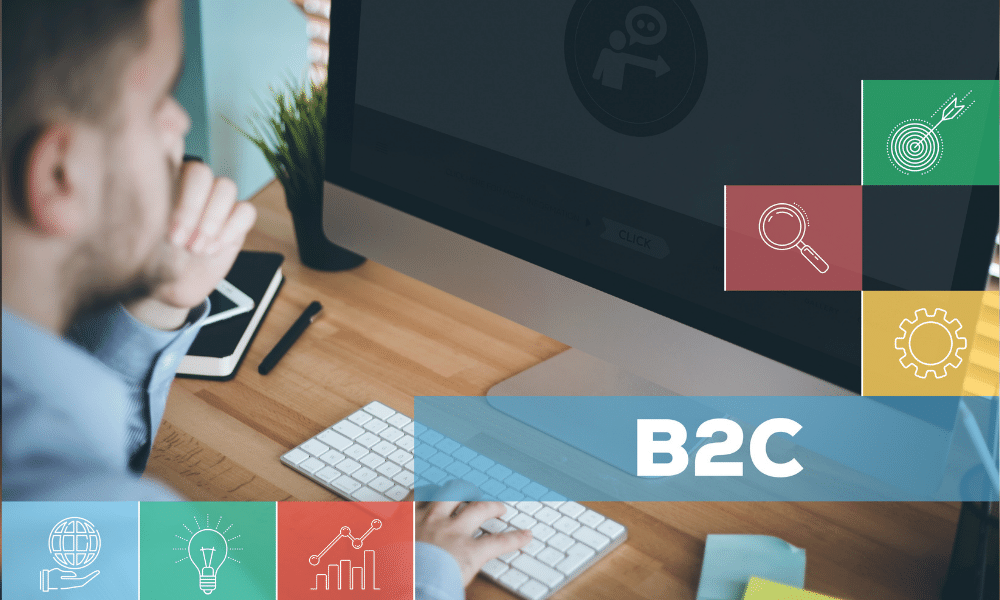
How to start an eCommerce business in India
Setting up an eCommerce business is like starting any other kind of business. The following are all the steps that should be taken to create a successful eCommerce business –
Step 1: Decide a name.
One of the most critical aspects of brand identity is a catchy and memorable name. This is the name with which customers will refer to the business. It is also the legal identity of the business. A great name also opens up possibilities for marketing.
Step 2: Find the right domain name.
The domain name should be as similar to the name of the business as possible. Amazon.com, for example, is one of the best examples of the perfect domain name.
An essential aspect of an eCommerce business plan is the website. It is where all the online marketing efforts will ultimately be redirected to.
It is the point of contact between customers and the business. Customers can access it anytime, and it creates a certain level of trust.
Step 3: identify the business type and register it.
Businesses, including eCommerce business ideas, can exist as a sole proprietorship, partnership, or corporate establishment.
Each of these has its own set of advantages and disadvantages. For example, a partnership business will require all partners to share profits and losses equally. Business owners should choose the model that is best suited for long-term success.

Step 4: Get an Employer Identification Number
It is not possible to run an eCommerce business without a bank account. To set up a bank account, an EIN (Employer Identification Number) is mandatory.
The EIN can also be used to file taxes. It is necessary whether the business operates with or without any employees.
Step 5: Get the legal documents.
All the required documents that prove that the eCommerce business is legal should be obtained. This includes all licenses, work permits, Goods and Services Tax (GST) certification, and Shops and Establishment License.
Step 6: Source of vendors
Ecommerce businesses cannot operate without vendors providing them with products to sell on the website.
Business owners should identify, contact, and keep good business relationships with different vendors. This will ensure better prices for supplies and raw materials needed to manufacture products.
Step 7: Marketing
To ensure faster adoption of their products and services, eCommerce businesses must start marketing the business well before it starts selling.
They should use every digital medium, including social media, search engines, blogs, etc., to get the word out and continue to do so when a major sale is coming up, or a new product or service is launched.
Step 8: The right software
Ecommerce cannot work without the right software. The right combination of software should help eCommerce businesses manage everything from accounting to order management to automated customer service.
Businesses should choose software depending on the scale of operation of the businesses. For example, Shopify would suffice as an eCommerce platform for small and medium-sized businesses. But larger businesses will have to go with enterprise platforms like Magento.
In the initial stages, it is not entirely necessary to spend money on expensive software. A lot can be done using the humble spreadsheet if businesses know that templates to use.
Lio, for example, offers a diverse set of templates to track finances, staff, stock levels, etc. Here’s a screengrab of one of our really popular templates for eCommerce businesses –
Step 9: Inventory
Ecommerce businesses have to be smart with their inventory management. Inventory should be seen as more than just items stocked in the warehouse.
Proper inventory management and analysis can give great insights into market trends and plan stock levels for the future. The warehouse should have enough room to accommodate stock levels that are sufficient to meet demand.
What’s shaping the future of eCommerce in India
The following are some of the most recent trends that are driving the eCommerce industry in India.
- Digital-first brands like SUGAR Cosmetics and Mamaearth are leading the way and have even influenced large FMCG and cosmetics brands to build a robust website and create a digital presence.
- Even SMB businesses and D2C brands are investing in supply chain automation technology to streamline processes, improve warehouse management, optimize inventory management, etc.
- Brands are increasingly moving to an omnichannel approach – integrating the online sales channel with real stores.
- Categories like personal care, beauty, wellness, healthcare, and FMCG are taking over the eCommerce industry that was previously dominated by fashion and electronics.
Also Read: Small Village Business Ideas in India
What is eBusiness?
Online business or e-business is essentially using different kinds of online processes to conduct business.
Unlike an eCommerce business, an eBusiness deals with online transactions and other business processes, including manufacturing, logistics, customer service, sales, marketing, etc. In simple words, eCommerce is a part of eBusiness.
E-businesses leverage technology to reach markets beyond the reach of the physical shop. This improves the business’s efficiency.
Almost all organizations, from governments to non-profits, use technology to increase productivity, fast-track growth and cut costs.
For example, emails and apps like WhatsApp Business that are used as an alternative to face-to-face communication have improved customer service efficiency.

The different e-Business models
The following are the two popular models of doing e-Business. Both of them refer to a business with an online presence, but they differ in how they use the internet for business activities.
Pure Play
This is an investor’s term used to describe companies that exist to serve a very specific product or industry.
In recent years, its definition has evolved to refer to businesses that are completely operated through a digital medium.
Pure plays are usually free from the limitation of traditional brick-and-mortar stores – expensive rentals, complicated supply chains, vendor management, etc.
But, since the adoption and further success of the hybrid model, more and more consumers prefer digital shopping and stores offering digital options.
Click and Mortar
Also called Bricks and clicks, this model focuses on offline-online integration between physical stores (bricks) and eCommerce (clicks).
This model is very flexible in the sense that businesses can earn from both offline and online markets. Businesses have the opportunity to build genuine human relationships with customers and potential customers, which will eventually make an impact on their digital presence.
If customers are familiar with a brand’s product offline, they are more likely to spend less time browsing and make quick purchases online.
A report by Statista shows that retailers who have an online presence along with their physical stores are more popular with customers than stores that only stick to an offline presence.
Components of an eBusiness
There are three components that constitute a typical eBusiness – information, communication, and transaction. The main focus, however, is on digital networks that entrepreneurs use to improve the efficiency of eCommerce. Given below are the main areas of these components –
- E-Procurement / Supplier exchange: This is a process of sourcing services and goods using the internet and other information systems like electronic data interchange. The main goals of e-procurement are to reduce cost, reduce manual effort and automate the procurement cycle.
- Online Store: This is the official website of a brick-and-mortar business. The online store allows customers to view available products and ultimately buy them – all without stepping out of their homes.
- Online marketplace: This is nothing but an eCommerce platform where third-party sellers can showcase and sell their products and services. Amazon and Flipkart are the best examples.
- Online communities: These are online spaces where customers can review products, give reviews, and advise one another. The most famous example of the same is Amazon Customer Reviews.
- Ecommerce website: What makes eCommerce websites different from an online marketplace is that in the case of an eCommerce site, the stock is owned by the eCommerce company. The company is also responsible for invoicing, delivering the products, taking care of returns/replacements, paying all taxes, etc.
Difference between eCommerce and eBusiness
The following are the fundamental points of difference between eBusiness and eCommerce that prospective entrepreneurs and everyone else should know about.
Types of activities
The primary focus of eCommerce is the exchange of goods and services online through online platforms and marketplaces like Amazon and eBay. E-business, on the other hand, refers to any kind of business activity done using online platforms.
Yes, both of them have digital platforms as their base, but the main difference between the two is that Ecommerce is all about commercial transactions.
At the same time, Ebusiness also includes other business activities made possible through the internet.
The approach
Ecommerce takes a more extroverted approach by incorporating suppliers, distributors, retailers, and customers.
In contrast, E-businesses take a more holistic approach by including not only external partners but also internal stakeholders to make sure operations run smoothly.
How the internet is used
Ecommerce businesses only rely on the internet for transactional purposes. E-businesses, however, make use of the internet, intranet, and extranet to build and maintain a strong connection with all parties, including customers and internal stakeholders.
Business models
To start an eCommerce business or a website, businesses will have to set up a new or additional business model for carrying out sales and services. On the other side, e-Businesses have the choice to reinvent a traditional offline business without having to work on a new business model.
The bigger picture
Ecommerce can be considered a part of eBusiness. E-business, however, can be regarded as a superset of any eCommerce business.
Also Read: Best Business Ideas in India

Maximize Your Online Business Potential for just ₹79/month on Lio. Annual plans start at just ₹799.
How can Lio help?
Lio may be used to manage all of an organization’s data like income and expenses in one spot thanks to its multiple templates like the expense report template and template for small businesses. It lowers the expenses of document printing and distribution while also storing critical data in a secure and protected manner.
Calculating erroneous totals or neglecting to report data on time may lead to a disaster in the corporate world, which is where applications like Lio come in handy. Lio assists in financial transparency audits by avoiding costly and frequent human errors.
It can assist a business owner and management in determining where to cut costs and where to spend more. Data that is properly tabulated can aid in the development of smart plans and wise allocation of resources to the proper channel.
Lio offers a holistic suite of digital services that makes even the most difficult day-to-day operations of businesses appear easier while also collecting, organizing, and analyzing their data.
Not downloaded the Lio App yet? Here is how you can start with Lio App.
Step 1: Select the Language you want to work on. Lio for Android

Step 2: Create your account using your Phone Number or Email Id.

Verify the OTP and you are good to go.
Step 3: Select a template in which you want to add your data.

Add your Data with our Free Cloud Storage.
Step 4: All Done? Share and Collaborate with your contacts.

Conclusion
This article has discussed eBusiness and eCommerce in detail. The critical differences between them have also been captured.
Though there are considerable differences between them, the fact remains that both of them operate because of the internet.
Those interested in starting a business or eCommerce business should do a thorough cost-benefit analysis to finalize which one is right for them.
I hope this article helps you know all about e-commerce and e-business.


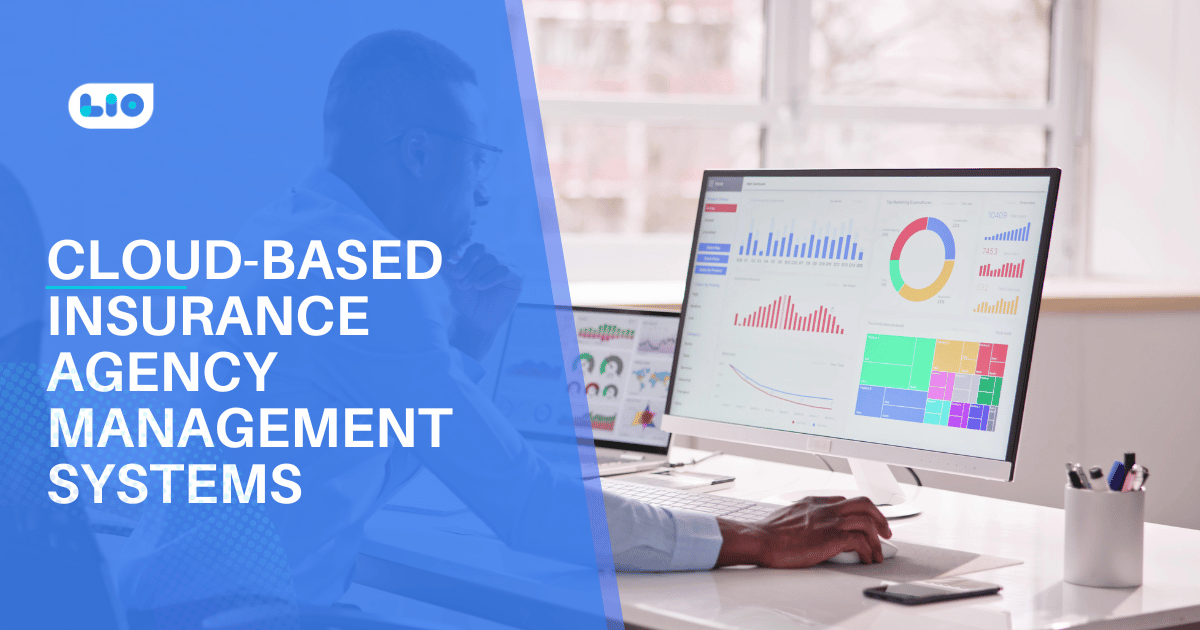





6 Comments
This is probably the best, most concise step-by-step guide I’ve ever seen on how to start an eCommerce business in India.
Hello Shipra,
thankyou for the generous words.
I am glad that you found this article informative.
Please suggest to me some of the best payment gateways.
Hello Prem,
Both physical stores and online retailers can give their consumers secure credit card and digital wallet payment options thanks to payment gateways.
My top picks are Authorize.Net, Stripe, PayPal, Square, and Braintree.
Could you kindly explain why an EIN is required to open a business bank account? Please be brief.
Hello Komal,
Employer Identification Number is referred to as EIN. A federal tax identification number is another name for it. If you’re operating a small business, you’ll often require an EIN. An EIN is required for businesses in order to pay employees and file business tax returns.
A business must also obtain an EIN if it wants to be recognized as a partnership, LLC, corporation, S corporation, or non-profit.